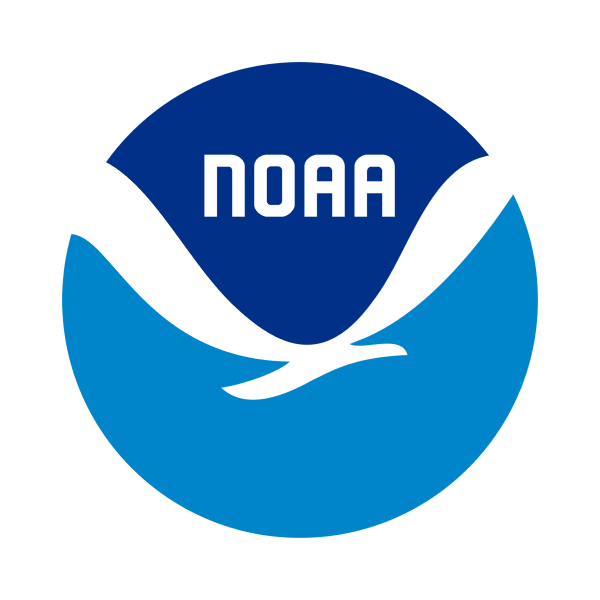Hawai‘i Wildlife Fund and partners removed derelict fishing gear and other large marine debris from remote coastlines on the islands of Kaua‘i, Maui, and Hawai‘i Island.
Type of Project: Removal
Region: Pacific Islands Region
Project Dates: October 2021 - September 2023
Who was involved?
With support from the NOAA Marine Debris Program, Hawai‘i Wildlife Fund, in partnership with Surfrider Foundation Kaua‘i Chapter, removed derelict fishing gear and other large marine debris from remote coastlines on Kaua‘i, Maui, and Hawai‘i Island.
What was the project and why is it important?
The Hawaiian Archipelago receives a disproportionately high volume of marine debris along its shores, primarily due to its geographic location in the North Pacific. Derelict fishing gear (nets, ropes, lines, hard plastic floats, buoys, and more) from throughout the Pacific Ocean pose an entanglement threat to native wildlife and habitats of particular concern. Hawaiian monk seals, hawksbill sea turtles, humpback whales, false killer whales, threatened green sea turtles, and Pacific bottlenose and spinner dolphins have all been negatively impacted by marine debris in Hawai‘i.
Hawai‘i Wildlife Fund and Surfrider Foundation Kaua‘i Chapter utilized two primary techniques to detect and remove derelict fishing gear and large-scale marine debris. This included derelict fishing net or large debris recovery workdays, also known as a “net patrol”, and quarterly community-based coastal cleanup events geared towards education, outreach, and local prevention efforts. In addition, partners also managed derelict net drop-off stations and continued shoreline monitoring efforts utilizing the NOAA Marine Debris Monitoring and Assessment Project protocols.
What were the results?
Hawai'i Wildlife Fund and partners removed 61 metric tons (134,423 pounds) of marine debris through 142 community cleanups and 216 "net patrols" from 623 miles of coastlines across three islands. They conducted 32 Marine Debris Monitoring and Assessment Project surveys, maintaining a seven year dataset. They also engaged 8,015 community members with over 17,145 volunteer hours accumulated over the course of the project to keep these shorelines free of debris and minimize impacts.
For more information about this project, visit the Marine Debris Program Clearinghouse.
 An official website of the United States government.
An official website of the United States government. 
